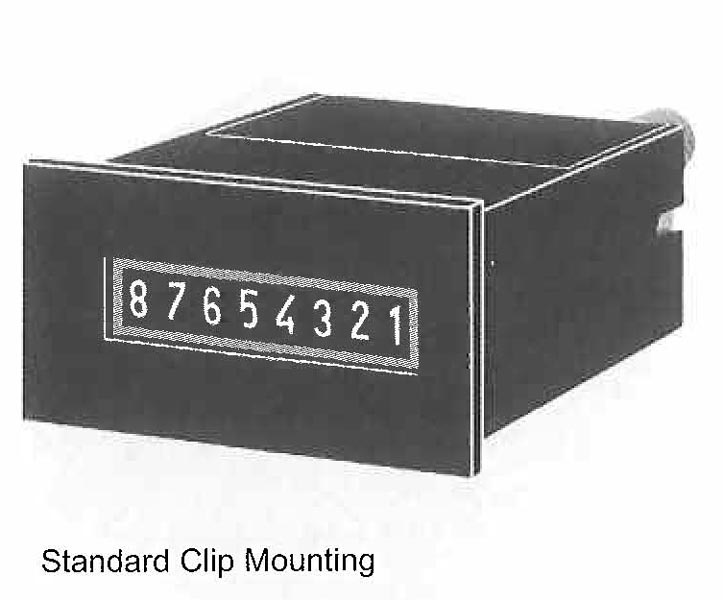How to Best Control Pneumatic Energy
At all times, the working energy transmitted using pneumatic systems must be directed and under complete control. It is when systems are not in control that useful work will not be possible. In a worst-case scenario, individuals working the machinery can be greatly harmed. There are many reasons to consider using pneumatic energy over other energy sources. However, one of the most prized benefits is that this energy can be controlled using a simple valve.
Pressure within the systems is controlled to distinct points. The pressure is controlled after the air receiver tank and after the compressor. You must control pressure after the compressor as a matter of safety, whereas controlling pressure after a receiver tank is needed to allow the actuator to receive a consistent and steady energy source without waste.
The energy within pneumatic systems are not typically delivered immediately, but instead, they are stored as potential energy within an air receiver tank. They are stored in the form of compressed air. In many cases, compressors are designed to operate intermittently. For instance, compressors usually deliver compressed air to tanks until high pressure is reached. After that, the system will shut down. As air pressure within the tank decreases, the compressor recharges by the tank turning on. Intermittent compressor operations are a powerful tool for energy and cost-saving benefits.
Pressure switches are the most common way of sensing tank pressure and controlling the actuation of relatively small compressors. This device helps turn systems on and off. For more information about pnuematic controls or pneumatic valves, you should not hesistate to give our team a call.
Pneumatic Controls
- Pneumatic Counters Explained
When constructing pneumatic logic systems, pneumatic timers are as important as counters. There are five versions of pneumatic timers and more variations of counters.
- Sizing and Selecting Pneumatic Controls
- Tips for Selecting Pneumatic Actuators


- Ellis/Kuhnke Controls
132 Lewis Street Unit A-2, Eatontown, N.J. 07724
Phone: 1-800-221-0714
Fax: 732-291-8154
Email: Info@ekci.com
- Home Pneumatic Controls Technical Info CAD Drawings Contact Us Pneumatic Timers Blog Site Map
